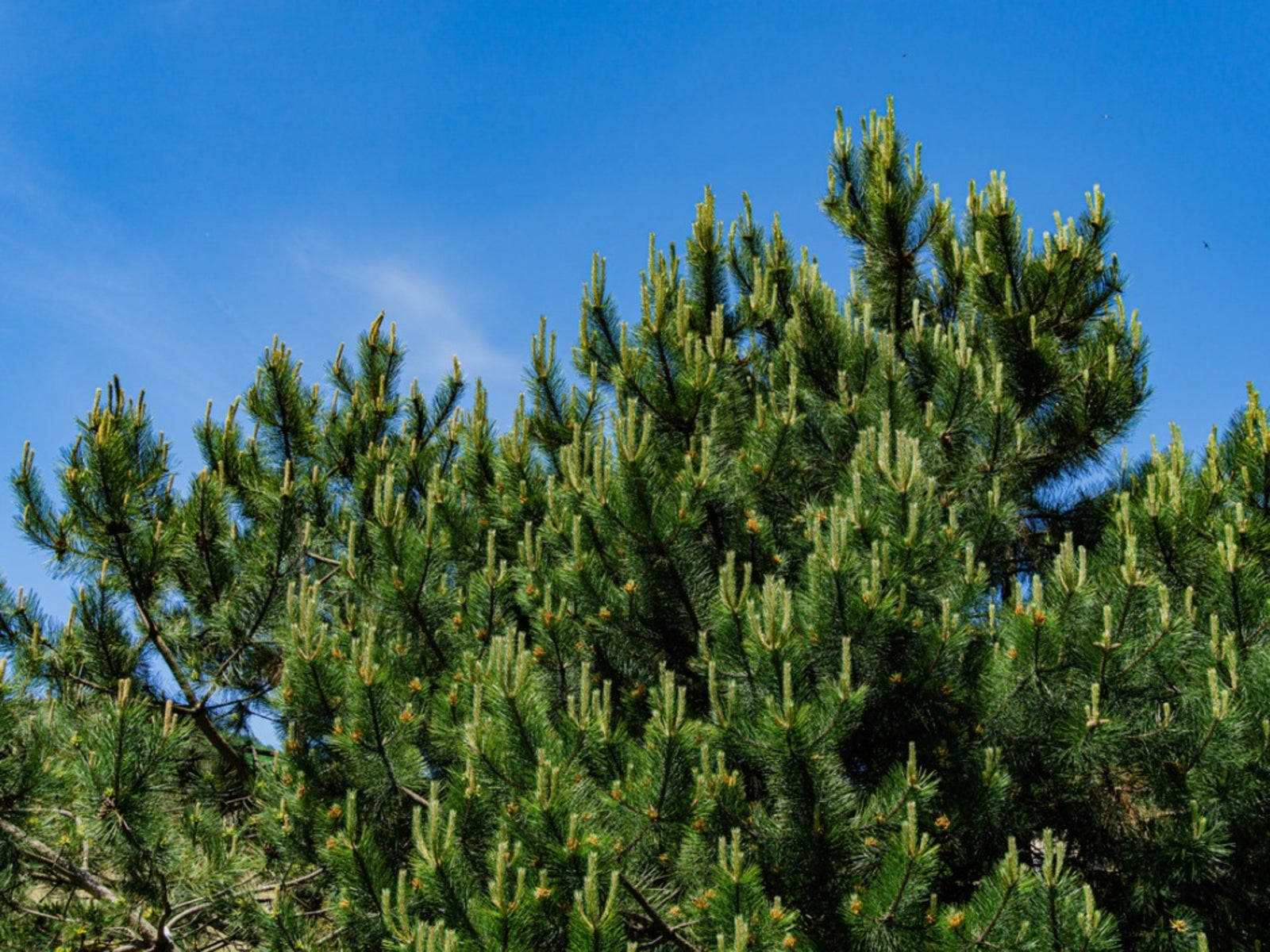Austrian Pine Information: Learn About The Cultivation Of Austrian Pine Trees


Austrian pine trees are also called European black pines, and that common name more accurately reflects its native habitat. A handsome conifer with dark, dense foliage, the tree’s lowest branches can touch the ground. For more Austrian pine information, including Austrian pine growing conditions, read on.
Austrian Pine Information
Austrian pine trees (Pinus nigra) are native to Austria, but also Spain, Morocco, Turkey, and Crimea. In North America, you can see Austrian pines in the landscape in Canada, as well as in the eastern U.S. The tree is very attractive, with dark green needles up to 6 inches (15 cm.) long that grow in groups of two. The trees hold onto the needles for up to four years, resulting in a very dense canopy. If you see Austrian pines in the landscape, you may notice their cones. These grow in yellow and mature at about 3 inches (8 cm.) long.
Cultivation of Austrian Pine Trees
Austrian pines are happiest and grow best in chilly regions, thriving in U.S. Department of Agriculture plant hardiness zones 4 through 7. This tree may also grow in areas of zone 8. If you are thinking of growing Austrian pine trees in your backyard, be sure you have enough space. Cultivation of Austrian pine is only possible if you have plenty of space. The trees can grow to 100 feet (30.5 m.) tall with a 40 foot (12 m.) spread. Austrian pine trees left to their own devices grow their lowest branches very close to the ground. This creates an exceptionally attractive natural shape. You’ll find that they are very flexible and adaptable, although they prefer a site with direct sun for most of the day. Austrian pine trees can adapt to a wide range of soil types, including acidic, alkaline, loamy, sand, and clay soil. The trees must have deep soil, however. These trees can thrive in high and low terrain. In Europe, you’ll see Austrian pines in the landscape in mountainous areas and lowlands, from 820 feet (250 m.) to 5,910 feet (1,800 m.) above sea level. This tree tolerates urban pollution better than most pine trees. It also does well by the sea. Although ideal Australian pine growing conditions include moist soil, the trees can tolerate some dryness and exposure.
Gardening tips, videos, info and more delivered right to your inbox!
Sign up for the Gardening Know How newsletter today and receive a free copy of our e-book "How to Grow Delicious Tomatoes".

Teo Spengler is a master gardener and a docent at the San Francisco Botanical Garden, where she hosts public tours. She has studied horticulture and written about nature, trees, plants, and gardening for more than two decades. Her extended family includes some 30 houseplants and hundreds of outdoor plants, including 250 trees, which are her main passion. Spengler currently splits her life between San Francisco and the French Basque Country, though she was raised in Alaska, giving her experience of gardening in a range of climates.
-
 Try The Trend – Turn Any Bed Into A Keyhole Garden With This Clever In-Ground Composter
Try The Trend – Turn Any Bed Into A Keyhole Garden With This Clever In-Ground ComposterKeyhole gardening is an efficient and sustainable practice that saves space. Get started on this DIY project quickly and easily with an in-ground composter.
By Bonnie L. Grant
-
 4 Superfast Composting Methods: Turn Waste Into Garden Gold In 30 Days Or Less
4 Superfast Composting Methods: Turn Waste Into Garden Gold In 30 Days Or LessTry the fastest composting methods to turbocharge your pile and transform kitchen scraps and garden waste into finished compost in just a few weeks.
By Mary Ellen Ellis